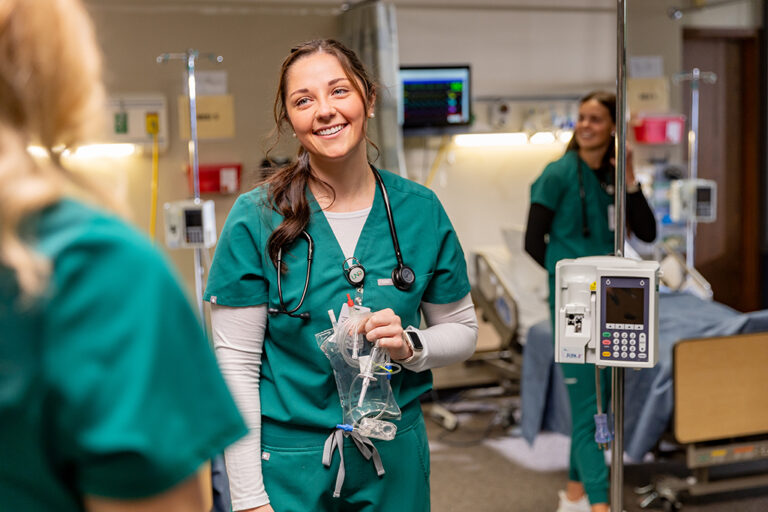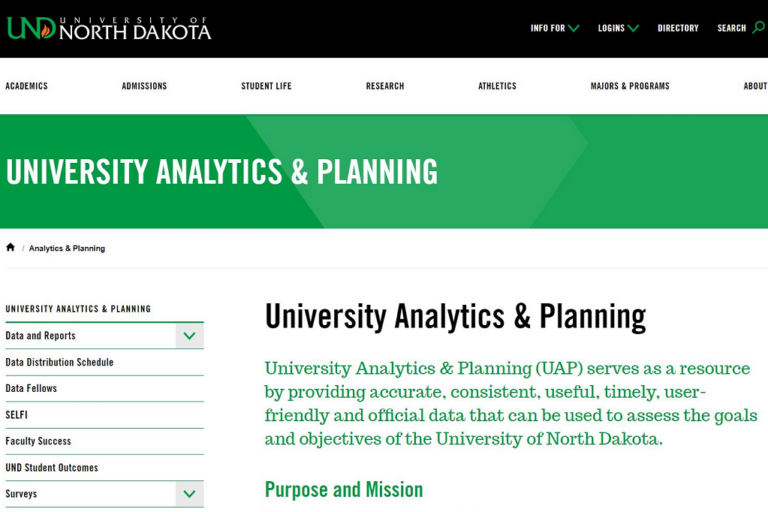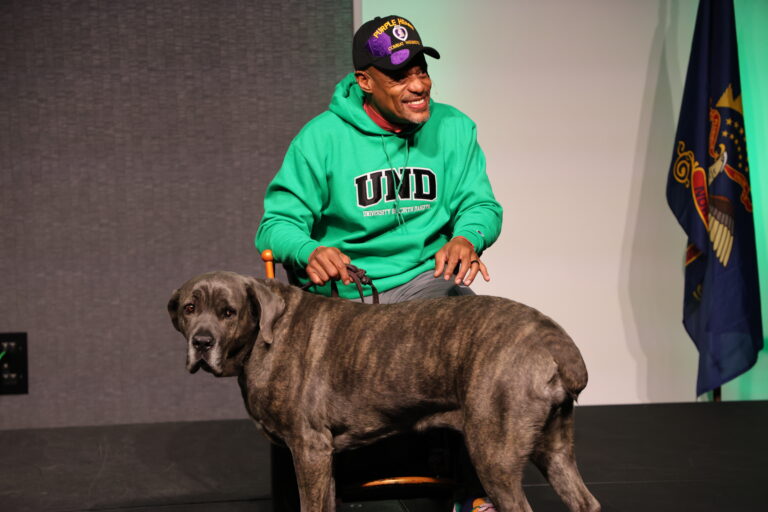Celebrating silver
The National Resource Center on Native American Aging looks to its future while celebrating its past
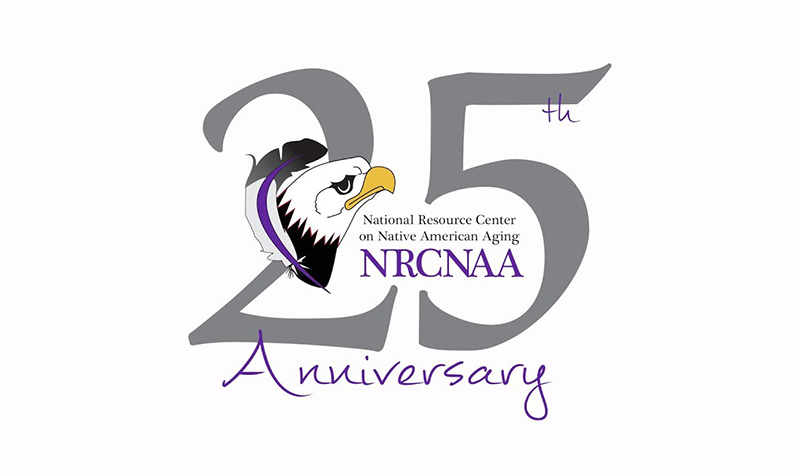
The National Resource Center on Native American Aging (NRCNAA) celebrated its 25th anniversary recently not only by honoring those who helped get it this far, but also by focusing on the future and its continued mission to help Native elders.
Among the highlights of the celebration was a banquet held Dec. 18 at Alerus Center in Grand Forks, N.D. Emceed by Chance Lee Rush of Three Affiliated Tribes, the banquet honored former directors and advocates of the program, including Leigh Jeanotte, Alan Allery, Leander “Russ” McDonald, Twyla Baker, Paula Morin-Carter, Richard Ludtke, and Cynthia LaCounte.
The gala event also included members of American Legion Post 262 and the Lake Region Singers. The NRCNAA’s current Director, Collette Adamsen, and Dr. Joshua Wynne, interim president of the University of North Dakota and dean of the UND School of Medicine & Health Sciences, offered welcoming remarks at the event. Dr. Donald Warne, associate dean of Diversity, Equity, & Inclusion at the UND SMHS and director of the School’s Indians Into Medicine (INMED) program, provided the keynote address. In addition, Adamsen read a proclamation from North Dakota Gov. Doug Burgum declaring Dec. 18, 2019, Native American Elder Recognition Day.
A look back
Through a cooperative agreement with the Administration on Aging (AoA), an agency within the Administration for Community Living (ACL) and U.S. Department of Health and Human Services, the NRCNAA was founded within the UND Center for Rural Health in 1994. Leigh Jeanotte served as the NRCNAA’s inaugural director for about a year while the grant program objectives solidified.
Jeanotte realized the enormous task of overseeing two programs and leaned on Alan Allery for leadership. Jeanotte spoke fondly of Allery’s leadership and background in health and credits Allery for “getting the program off the ground and moving forward.”
Allery and Richard Ludtke worked tirelessly to improve health outcomes for Native elders. Both were committed to identifying the health and social issues Native elders faced in order to help tribes develop community-based solutions to improve elders’ quality of life. One of the components needed to understand the issues affecting Native elders was a needs assessment survey. To effectively tackle this task, the team needed to grow.
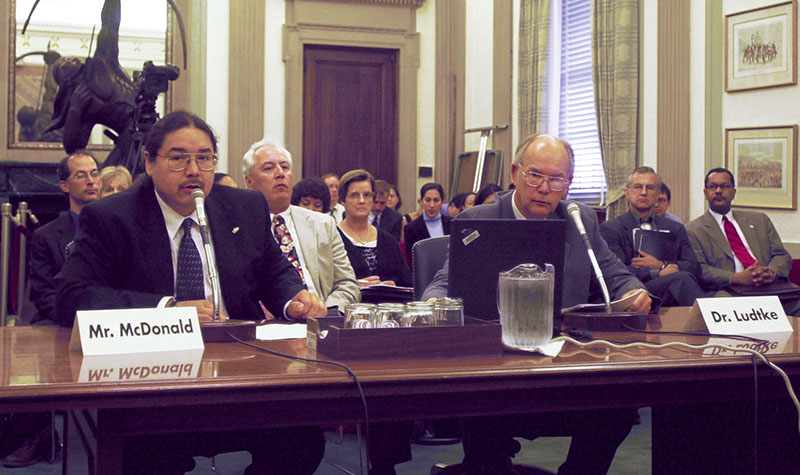
First shot at leadership
Enter Leander “Russ” McDonald, current president of United Tribes Technical College, who came to UND through the Ronald E. McNair Postbaccalaureate Achievement Program. McDonald wanted an opportunity to conduct research within tribal communities in preparation for graduate school. He connected with his advisor, Ludtke, and became a graduate research assistant conducting primary data analysis.
The Spirit Lake Nation, McDonald’s home community, became the initial test site for the survey. The AoA/ACL endorsed the “Identifying Our Needs: A Survey of Elders” needs assessment, which became an invaluable tool for tribal Title VI organizations.
The Older Americans Act established the Title VI grant program in 1978. Through the program, tribal organizations are able to provide nutrition and delivery of home and community-based supportive services for Native American elders. The NRCNAA also became a training ground for numerous American Indian undergraduate and graduate students. Like McDonald, Twyla Baker, Paula Morin-Carter, and Collette Adamsen climbed the ranks in a similar fashion. They started as NRCNAA graduate research assistants and worked their way up the ladder, eventually becoming directors as they completed their doctoral degrees at UND.
Just like Allery, all the former directors continue to give back to tribal communities in substantial ways. Morin-Carter, now the Billings (Mont.) Area Indian Health Services Health Promotion Disease Prevention Coordinator, proudly recalls her time as a student researcher and supporting other American Indian student researchers. “It’s about contributing through something that will positively impact their communities,” she said. “When we had our students working, cleaning data, analyzing data, every drop of sweat was to give back to those communities.”
During the past two decades, NRCNAA’s mission of empowering Native people to develop community-based solutions didn’t really change, according to McDonald. “People who were doing the work had good hearts, and they had to buy into what was happening out there in tribal communities,” he said.
A trusted partner
Baker, who now serves as president of Nueta Hidatsa Sahnish College in New Town, N.D., reminisced about NRCNAA staff spending time “explaining things so that elders could understand, advisory committees could understand, and tribal councils could understand what our purpose was and that we weren’t necessarily someone there to come and harvest data and then just disappear. We were trying to establish trust relationships with each of these communities and the people who were within them.”
A stipulation of the AoA/ACL funding is that the NRCNAA director is an enrolled citizen of a federally recognized tribe. This requirement was meant to affirm the expertise of cultural knowledge through lived experience and professional achievements.
“The 25th anniversary of the resource center is an accomplishment in and of itself,” Baker said. “It’s kind of a testament to the validity of the work, the quality of the work, the need for it, and the fact that we’re still telling their stories. We’re still helping them to tell their stories through data, through research, and really empowering these communities to be their own advocates.”
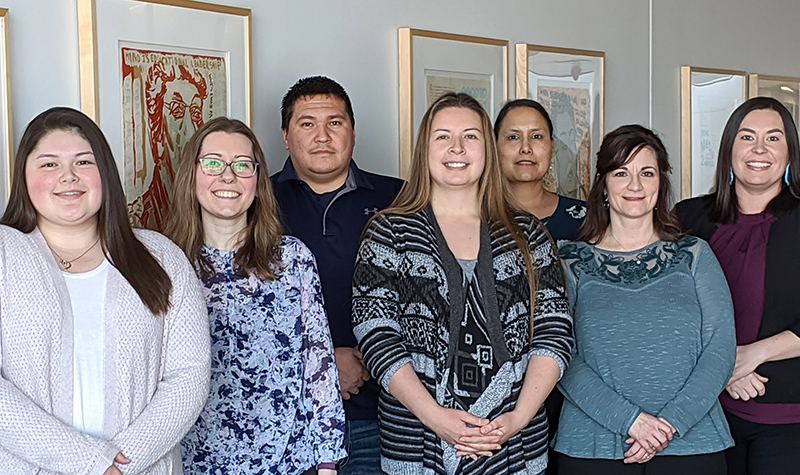
Honoring the past & building towards the future
LaCounte has a long history with the NRCNAA and attests to the value of strong relationships with tribal nations. She was a former Title VI director and tribal chair for the Trenton Service Area before moving to Washington, D.C., to contract with Kaufmann & Associates with Title VI programs, eventually leading to her position at the ACL.
With the support of the UND SMHS and Center for Rural Health, LaCounte has watched every director build on their predecessor’s foundation.
Optimistic for the next 25 years, the NRCNAA plans to expand long-term services and support through on-site trainings, webinars, and data boot camps. With partners such as the American Association of Retired Persons (AARP), National Council on Aging and the National Council on Urban Indian Health, the ability to assist tribes and tribal elders by advocacy through data analysis can be maximized.
Adamsen proudly emphasized that tribal organizations have participated in the NRCNAA needs assessment for the past 21 years — seven three-year cycles. During each cycle, more elders participate, identifying health and social issues. In December 2019, nearly 23,000 Native elders participated in Cycle VII of the NRCNAA survey.
The NRCNAA has often been called to participate in congressional hearings to advocate for additional funding for long-term services for tribal elders, so the data from the surveys has been incredibly valuable.
Adamsen is mindful of her predecessors. “I also think working with tribal communities and partners the past 25 years is a major accomplishment,” she said. “To be able to work with so many tribal communities throughout the nation and maintain our partnerships is amazing. The NRCNAA is truly a great center, and to continue to be at the forefront, helping to address Native elder issues is something to be proud of.”
About the author
Courtney Davis Souvannasacd is outreach coordinator with the National Resource Center on Native American Aging with the Center for Rural Health at the UND School of Medicine & Health Sciences.
